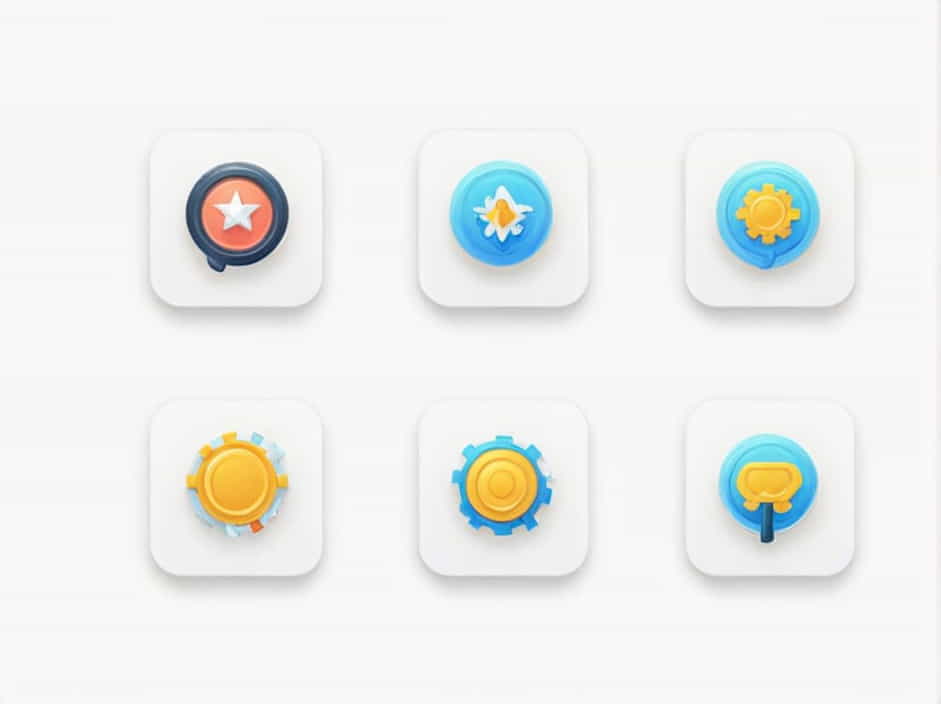Concept maps are powerful tools for organizing and understanding information. They help visualize relationships between ideas, making it easier to grasp complex topics. If you have already created a concept map, the next step is learning how to use it effectively.
In this topic, we will explore the best ways to use a completed concept map, including studying, problem-solving, brainstorming, and improving communication.
What is a Concept Map?
A concept map is a diagram that represents relationships between ideas or concepts. It usually consists of:
- Nodes (circles or boxes) representing concepts
- Connecting lines with labels that explain relationships
- Hierarchical structure (broad concepts at the top, specific details below)
Concept maps differ from mind maps because they emphasize connections between concepts rather than just grouping ideas.
Benefits of Using a Concept Map
Concept maps are useful in various fields, from education to business and research. Some key benefits include:
- Better Understanding – Helps break down complex topics.
- Improved Memory – Visual learning aids retention.
- Problem-Solving – Identifies gaps in knowledge.
- Enhanced Creativity – Encourages brainstorming new ideas.
- Effective Communication – Simplifies explanations of concepts.
How to Use Your Completed Concept Map
Once you have a concept map, you can use it in multiple ways to maximize its potential.
1. Study More Effectively
If you created a concept map for studying, follow these tips:
- Review it regularly – Reinforce connections between ideas.
- Summarize key points – Use the map to explain concepts in your own words.
- Test yourself – Cover parts of the map and try to recall missing details.
- Expand on weak areas – Identify gaps and add missing connections.
Example: Using a Concept Map for Exam Preparation
If your concept map is about Photosynthesis, you can:
- Study the relationship between light, water, and CO₂ in the process.
- Identify key terms like chlorophyll, ATP, and glucose.
- Use it as a quick revision tool before an exam.
2. Solve Problems More Efficiently
Concept maps can help in critical thinking and problem-solving. Here’s how:
- Break down the problem – Identify different components.
- Analyze causes and effects – See how factors are connected.
- Find solutions – Identify new approaches by visualizing relationships.
Example: Using a Concept Map for Decision-Making
If you need to choose between two career paths, your concept map can compare:
- Job stability
- Salary expectations
- Growth opportunities
- Personal interest
This structured approach makes it easier to make an informed decision.
3. Brainstorm New Ideas
Concept maps can enhance creativity by expanding on ideas. They help:
- Generate new perspectives.
- Identify connections between seemingly unrelated concepts.
- Organize thoughts before writing or presenting.
Example: Using a Concept Map for Writing an Essay
If your topic is climate change, a concept map can help organize:
- Causes (deforestation, pollution, industrial emissions)
- Effects (rising temperatures, extreme weather, melting glaciers)
- Solutions (renewable energy, conservation, policy changes)
With this structured outline, writing becomes easier and more coherent.
4. Improve Communication and Presentations
A well-structured concept map can:
- Simplify complex topics for better understanding.
- Help in teaching or training sessions.
- Make business presentations clearer.
Example: Using a Concept Map for a Business Presentation
If presenting a marketing strategy, your concept map can illustrate:
- Target audience
- Marketing channels (social media, email, ads)
- Key performance indicators (KPIs)
This makes the presentation more visual and engaging.
5. Enhance Team Collaboration
Concept maps are great for teamwork because they:
- Align team members on project goals.
- Encourage brainstorming sessions.
- Help assign tasks based on mapped-out priorities.
Example: Using a Concept Map for a Team Project
If managing a website development project, a concept map can outline:
- Design (UI/UX, branding)
- Content (topics, images, videos)
- Technical aspects (coding, SEO, security)
This keeps everyone on the same page and reduces confusion.
Tips for Making the Most of Your Concept Map
To use your concept map effectively, keep these tips in mind:
- Keep it updated – Add new ideas as you learn more.
- Use colors and visuals – Highlight key areas for better understanding.
- Keep it simple – Avoid unnecessary complexity.
- Make digital versions – Use tools like MindMeister, XMind, or Lucidchart for easy editing.
- Refer to it regularly – A concept map is most useful when actively used.
A completed concept map is a valuable tool that can help in studying, problem-solving, brainstorming, presentations, and teamwork. By using it effectively, you can enhance learning, improve decision-making, and organize ideas better.
Whether you’re a student, professional, or creative thinker, leveraging the power of concept maps can help simplify complexity and boost productivity. Try using yours today and see the difference it makes!
